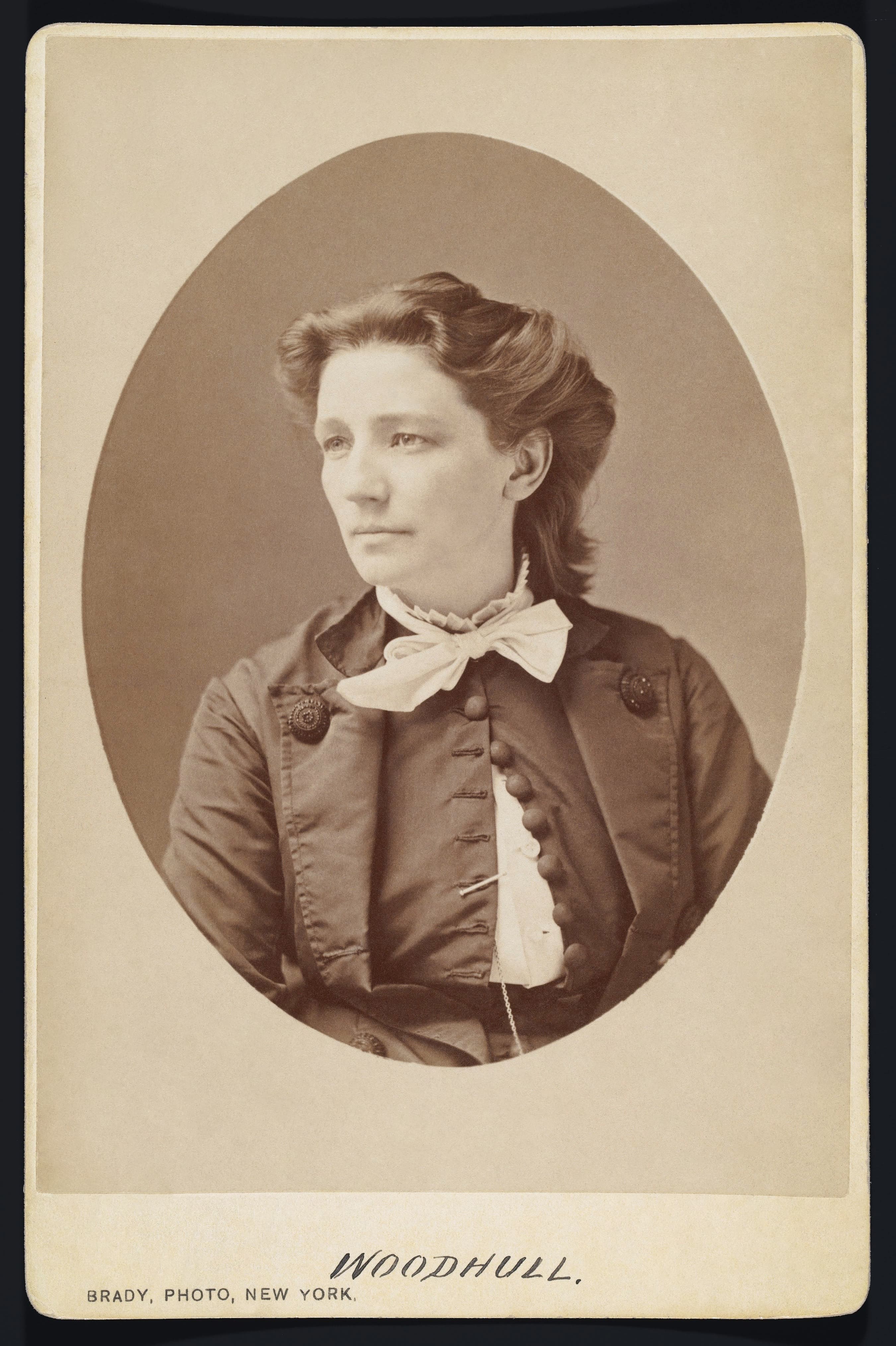Opening the doors to the first birth control clinic in the United States in 1916, Margaret Louisa Higgins Sanger transformed the landscape of women's health, legal debates, and personal autonomy. She did so at great personal risk: soon after launching the Brooklyn clinic, Sanger was arrested, igniting national conversations and altering both the laws and attitudes surrounding contraception. Through this and later actions, her advocacy set the foundation for Planned Parenthood and shaped the modern era of reproductive rights[1].
Born in 1879 in Corning, New York, Sanger was the sixth of eleven children in an Irish-American working-class family[2]. Her parents, both committed to social justice and freethought, encouraged questioning traditional authority, planting early seeds of defiance that would later define her public activism. Sanger attended Claverack College and received nurse’s training in New York City at the White Plains Hospital and the Manhattan Eye and Ear Clinic. Her experiences as an obstetrical nurse on Manhattan's Lower East Side made a lasting impact: she witnessed a cycle of poverty, frequent pregnancies, high infant mortality, and dangerous self-induced abortions among immigrant women who often asked her to reveal “the secret” to preventing more children[3].
Sanger’s early marriage to architect William Sanger in 1902 and their three children anchored her private life even as her public mission expanded[2]. By 1910, she moved to Greenwich Village and entered a world of radical politics, engaging with figures like Emma Goldman. Sanger began to write and speak out about women's rights to control their fertility, an illegal subject at the time. In 1914, she coined the term “birth control” and launched the feminist publication The Woman Rebel. Faced with criminal charges under the Comstock Laws, she briefly fled to England but returned after her daughter's unexpected death, with the charges dropped amid public outcry[3].
In October 1916, Sanger opened the first birth control clinic in Brownsville, Brooklyn. Nine days later, her arrest brought national attention to the cause[4]. The clinic closure and her subsequent thirty days in jail underscored both the risks she took and the movement's nascent momentum. Legal appeals following her conviction led to a pivotal reinterpretation of the Comstock Act, allowing physicians to prescribe contraceptives. In 1921, Sanger founded the American Birth Control League, serving as president until 1928. This organization, which would later become Planned Parenthood, provided the legal and financial structure for expanded birth control access[3].
Sanger continued to advance both scientific and legal causes throughout the following decades. She initiated and promoted scientific research toward the development of a safe oral contraceptive, efforts culminating in the FDA approval of the first birth control pill in 1960. By making direct appeals to scientists and philanthropists, Sanger helped secure the funding and research that would revolutionize family planning[3]. She also lobbied Congress and participated in legal battles that eventually made contraception a topic for open medical discussion and education. In addition to her activism, Sanger published extensively and delivered hundreds of lectures in the United States and abroad.
Sanger’s personal statements succinctly captured her philosophy. She wrote, “No woman can call herself free who does not control her own body,” and asserted in 1920’s Woman and the New Race, “Women must have her freedom, the fundamental freedom of choosing whether or not she shall be a mother and how many children she will have.” These words powered her decades of activism and are still cited in debates around reproductive rights today.
The legacy that Sanger left is tangible: family planning and legal contraception are now available to millions, with the influence of her work reaching globally through organizations like Planned Parenthood. She is formally recognized as the movement's founder and as a pioneering force behind the international birth control movement. Sanger’s work led to a fundamental shift in how societies approached women’s health, autonomy, and family planning decisions[1]. Although her tactics and views have been the subject of debate, her impact on law, medicine, and the lives of women is significant and enduring[2].
Sources
[1] Study.com – Margaret Sanger Biography, Career & Accomplishments - Detailed overview of Sanger’s career, activism, and impact↩
[2] Encyclopedia Britannica – Margaret Sanger - Comprehensive biography, career, and historical context↩
[3] Wikipedia – Margaret Sanger - In-depth article on Sanger’s life, career, achievements, and legacy↩
[4] Biography.com – Margaret Sanger - Biography emphasizing her activism, legal battles, and organizations founded↩




